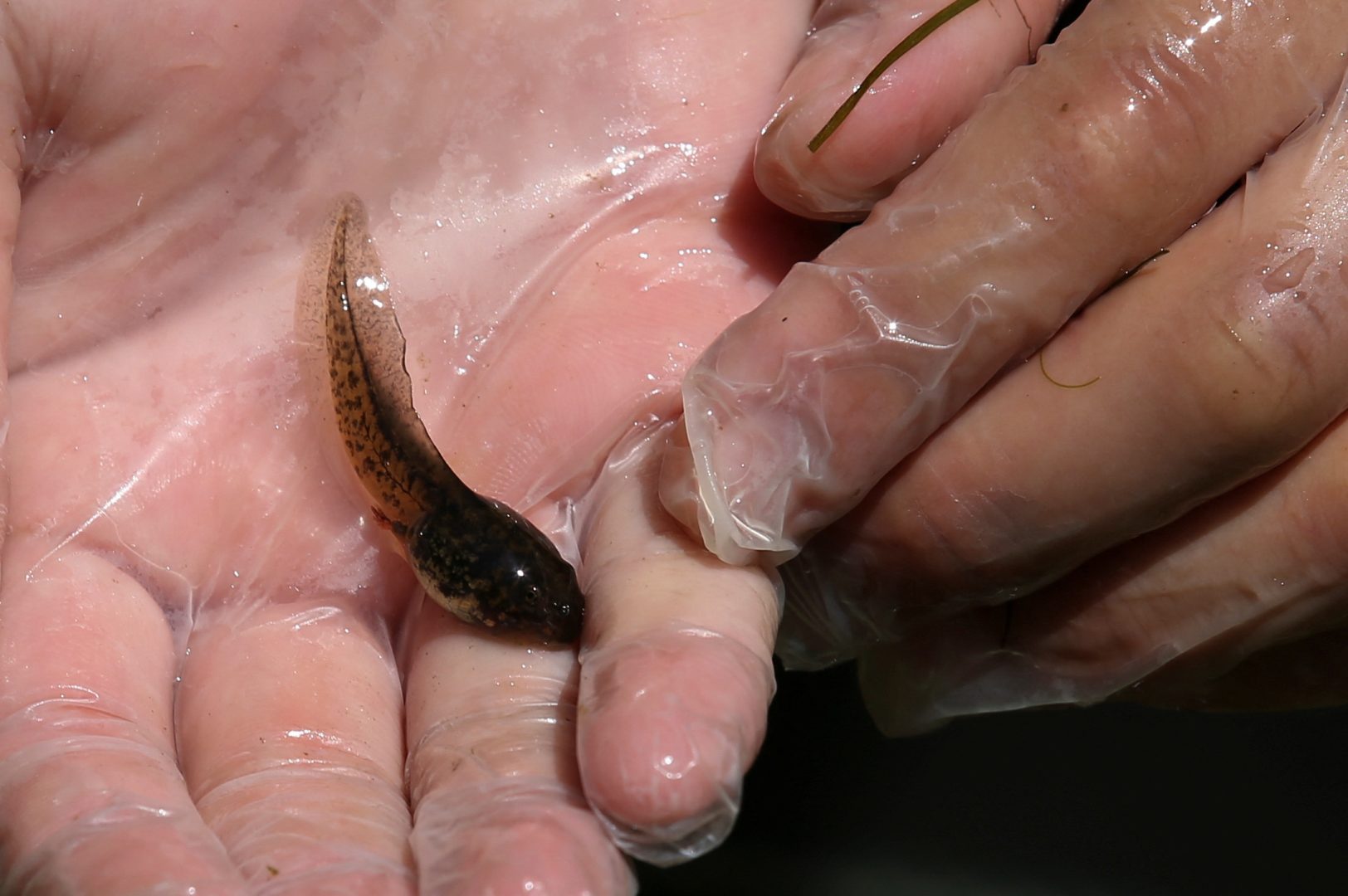Ancient Frog Species Faces Modern Threats
The Helmeted Water Toad (Calyptocephalella gayi), a species that coexisted with dinosaurs, is now endangered in its native Chile. This “living fossil” is among the world’s largest frogs, reaching lengths over 30 cm and weights up to 1 kg. Despite minimal genetic changes over millions of years, its survival is now at risk.

Declining Populations and Conservation Status
Since 1990, the Helmeted Water Toad’s population has decreased by at least 30%. The International Union for Conservation of Nature (IUCN) lists it as “vulnerable.” Its habitat ranges from Coquimbo in the north to the southern island of Chiloé. However, factors like climate change, habitat disruption, environmental degradation, and pollution have led to its decline. Poor water and waste management further threaten its environment.

Human Impact and Conservation Efforts
Melissa Cancino, a veterinarian and founder of Proyecto Anfibia, an amphibian research and education group in Chile, expressed concern: “It’s sad that a species that managed to coexist with dinosaurs, that managed to resist a mass extinction, is now threatened by human beings.” Her colleague, Matías Faúndez, has observed habitat degradation firsthand, noting illegal run-offs polluting estuaries near Valparaíso. Despite these challenges, the frog continues to survive in degraded habitats.
Conservationists stress the need for immediate action to protect the Helmeted Water Toad. Efforts include habitat restoration, pollution control, and public education to raise awareness about the species’ plight. Without these measures, this ancient species may face extinction due to modern threats.

About ‘Living Fossil’ or Chilean Helmeted Frog
The Calyptocephalella gayi, commonly known as the Chilean Helmeted Frog, is often referred to as a “Living Fossil” due to its ancient lineage and unique evolutionary status. This amphibian, native to Chile, belongs to a family that dates back over 200 million years, surviving through the age of dinosaurs. Its primitive anatomical features and genetic traits have remained relatively unchanged compared to its extinct relatives, offering a glimpse into the evolutionary history of amphibians. Its resilience through drastic environmental changes and extinction events further underscores its status as a living relic of a bygone era, making it a valuable species for studying evolutionary biology and the Earth’s ecological history.
With inputs from Reuters





